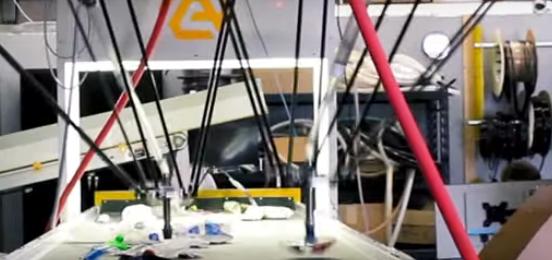
AMP Robotics launches new AI dual-robot system for the recycling industry
AMP Robotics, a pioneer in artificial intelligence and robotics for the recycling industry, has launched its new AMP Cortex dual-robot system (DRS) focused on material recovery in municipal solid waste, electronic waste, and construction and demolition.
The AMP Cortex DRS expands on its existing product line of high-speed recycling robotics guided by the AMP Neuron AI platform and uses two high-performance robots that rapidly sort, pick, and place materials at a speed of 160 pieces per minute.
AMP Neuron uses computer vision and machine learning to recognise different colours, textures, shapes, sizes, and patterns to identify material characteristics.
Then, it directs the robots to pick and place the targeted material. The system can operate 24/7 with continuous high-precision sorting, preventing contaminants in material streams, and increasing the overall quality and purity of commodities to be reclaimed.
The system is modular, designed to drop into existing facilities without requiring a major retrofit or downtime.
The unique design of the two robots opens up new material applications, namely the ability to efficiently process difficult material streams of post-consumer fibre.
From sheets of paper to cardboard, sorting fibre is a major challenge for recycling lines, often becoming a contaminant for other recycled commodities.
By solving this challenge, says the company, AMP’s technology improves the purity of materials to be recycled, while also increasing the recycling rates of post-consumer recycled fibre overall.
“The launch of the AMP Cortex dual-robot system marks another key technology milestone for AMP as we continue to advance the application of AI and robotics for the industry,” said Matanya Horowitz, chief executive officer of AMP.
“Our latest innovation further improves the economics of recycling by helping waste management companies meet increased quality standards, reduce operational costs, and achieve their productivity goals.”


